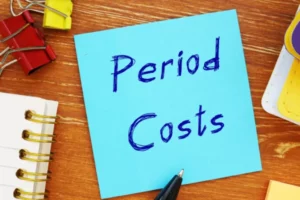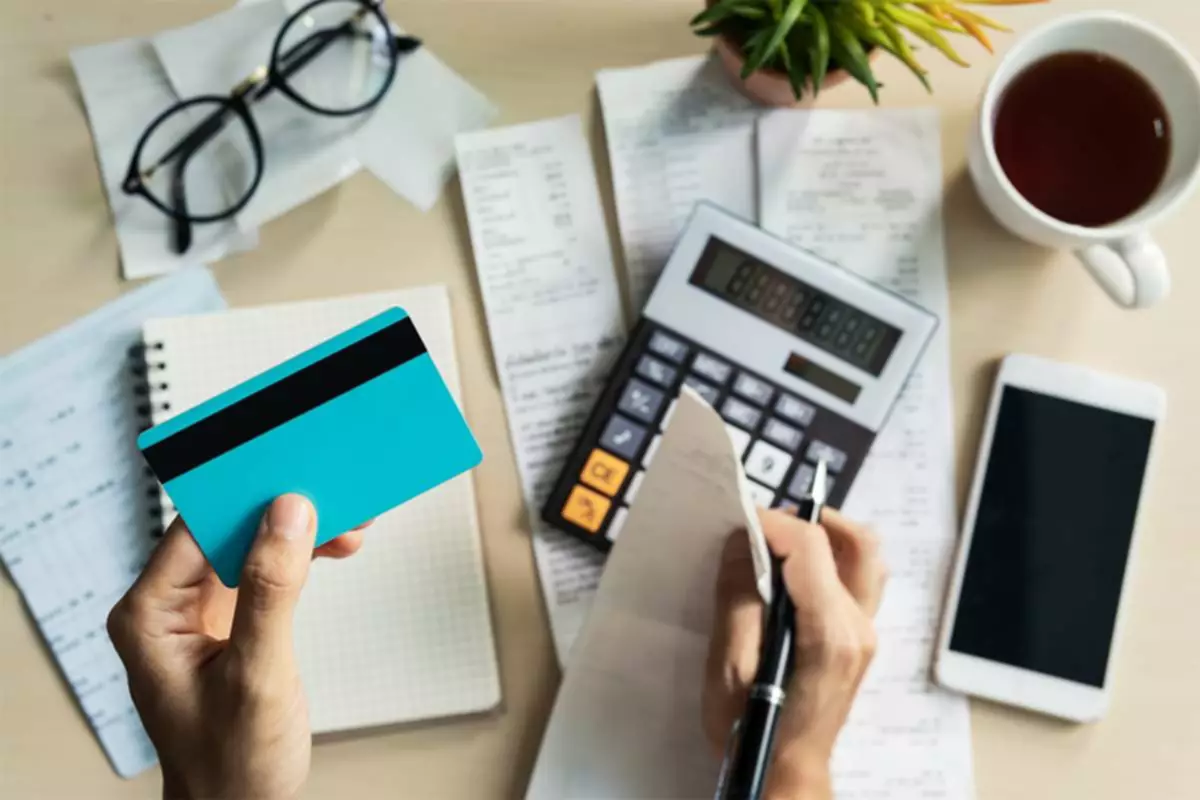Content
- What Is The Cost of Goods Sold in a Restaurant?
- The 5 Basic Restaurant Accounting Concepts That Will Help You Run a More Profitable Business
- Make sense of all those numbers with automated financial reporting
- Traditional ‘Brick and Mortar’ Bank Loans
- How your POS complements your accounting
- Restaurant Accounting Guide: How to Manage Your Finances Like a Pro
- Restaurant Recovery: How to Prepare for the Restaurant Renaissance

Final inventory is the number of supplies you have left when your defined tracking period is over. Overhead rates are fixed costs of running your business, such as rent and insurance. This will give you an insight into how much your business costs to run. The cost of preparing the item on the menu is divided by the total revenue from the item. This ratio ensures that you’re making a profit from each menu item.
- In spreadsheet software, which many smaller restaurants still use for their accounting, pivot tables summarize the data from the general journal and build the general ledger.
- This means your cooks, busboys, servers, hosts, and anyone who’s on your payroll – from front-of-house to back-of-house.
- Ultimately, the accounting method you choose will depend on your restaurant’s size, structure and financial goals.
- It’s important to note that your variable costs can change due to the seasonality of your restaurant.
And August in one year may have fewer Fridays and Saturdays than the following August. The vast majority of the business world use calendar months—or some derivation like quarters—for accounting periods. Bars and restaurants typically use four-week accounting periods, though. With perpetual https://www.bookstime.com/articles/restaurant-bookkeeping inventory, inventory adjusts after every transaction. That means inventory numbers are always up-to-date and reflect, in real time, item and product levels. Bar inventory software like BinWise Pro makes perpetual inventory a reality for bars and restaurants across the country.
What Is The Cost of Goods Sold in a Restaurant?
Once you know your prime cost, you can analyze those numbers against your operations to decide where to streamline your business. With next-generation accounting technology you can easily budget for multiple locations at a time, automatically pulling data from your food and recipe costs, inventory and more. In subsequent years, you can reuse a budget from prior year actuals or start with a blank template. Modern restaurant technology can also pull sales data for house accounts from the POS, then automate the invoice and collection process. For unique payment types, such as those received from restaurant delivery services like Grubhub and Uber Eats, you can use a bank rule to automatically capture deposits. Since your POS logs revenue coming in and much of the money going out of your restaurant (credit card refund, food cost, labor), you can use it to analyze sales and costs.
What is the general ledger of a restaurant?
A restaurant general ledger is the source of truth for all points of accounting. It tracks every transaction made during the lifespan of a company. In restaurants or restaurant groups, the general ledger includes valuable info, such as vendor purchases, labor expenses, and daily sales.
Finding cloud applications that complement your legacy ERP software modules lets you immediately take advantage of rapidly advancing new technologies and improving user paradigms. These provide complimentary systems that deliver immediate business capabilities and value without a fundamental change in your operations. Augmenting and integrating legacy software with cloud applications can complement, enhance, and supplement important tasks. This approach can breathe new life into legacy ERP systems, giving businesses a great opportunity to start adopting cloud capabilities.
The 5 Basic Restaurant Accounting Concepts That Will Help You Run a More Profitable Business
As a seasoned restaurant operator and CFO (aka Restaurant Accountant), I have always known the pain points of restaurant finances. A seasoned restaurant operator, restaurant CFO, consultant, contract CFO, and author of QuickBooks for Restaurants. I was previously the CFO of a restaurant group out of NYC with 20+ locations and my current clients do over $70+ Million in annual revenue. By now, you know some of the options at hand, and also how you can choose the most suitable solution for your restaurant.
What is the accounting equation for a restaurant?
It shows you what your restaurant owns (assets like equipment and cash), what you owe (bank loans and accounts payable), and how much capital you've invested (equity). To make sure the numbers on your balance sheet are correct, use this fundamental accounting equation: Assets = Equity + Liabilities.
Restaurant accounting can be daunting for business owners, as there’s a lot to consider, from tax compliance to payroll, reconciliation and reporting. However, timely and accurate restaurant accounting is crucial to the success and growth of your restaurant. Put simply, prime costs is the sum of your restaurant’s costs to sell its food, drinks and products—your COGS as mentioned above—plus the labor costs of your salaried and casual staff. Industry averages suggest your prime costs should be between 55% and 60%. That’s why we want to take you through some of the common terms, reports and processes for understanding bookkeeping and accounting for restaurants.
Make sense of all those numbers with automated financial reporting
Payroll is responsible for calculating and distributing employees’ paychecks. Payroll also keeps a financial record of deductions, bonuses, vacation, sick time, and overtime. Outsourcing your bookkeeping is more affordable than you would think. We save you money the moment you hire us by cutting out the expensive cost of hiring an in-house CFO.
Restaurant365 gobbles up $135M to supersize its software for the food service industry – TechCrunch
Restaurant365 gobbles up $135M to supersize its software for the food service industry.
Posted: Fri, 19 May 2023 07:00:00 GMT [source]
Choose an accounting software to streamline your data entry tasks, create customized invoices, track your revenue, create regular profit and loss statements, and review your cash flow. The ideal restaurant accounting software for restaurants should offer robust reporting features, be easy to use and allow you to access data anytime, anywhere. Keeping these books for your restaurant straight, current, and accurate is crucial to the financial success of your business.
Traditional ‘Brick and Mortar’ Bank Loans
A chart of accounts is a list of all the financial accounts a company uses in its internal accounting. It includes a brief description of each account, notes about each account’s type, and account balance summaries. The accrual method, on the other hand, records transactions as they happen, regardless of when payment occurs.

In both industries, raw items are purchased in order to create and sell an end item. But in manufacturing, there is a finite number of parts that go into building a car, for example, and that specific make and model is exactly the same whether it’s built in Mexico or Detroit. You should review your prime costs, CoGs, inventory counts, and labor on a weekly basis, not a monthly basis. These KPIs are controllable, but they can also easily get out of hand if not monitored. If you’re monitoring these figures on a weekly basis, you can patch any cost leaks without incurring too many damages. Restaurants have KPIs, reports, and business and tax structures that are unique to the restaurant industry.
How your POS complements your accounting
Lastly, you’ll want to get the word out that you’re open for business. That may include newspaper ads and billboards, in addition to social media. Social media, at least, is free — and you’ll have direct access to the customer marketplace you want to serve. Now you can type in profit and loss or find it under the business overview section.
- If you want to get to know us, feel free to try us out for a 6 month free trial.
- Users can access databases, email, document sharing, printing, and other services through applications running on the LAN server, with read and write access maintained by a network or IT administrator.
- They also help businesses to comply with financial regulations, such as tax laws, and manage potential risks.
- For a restaurant that already has a trained accountant, or is just looking for tax deductions for restaurant owners, it’s crucial that the books are already up-to-date.Effective restaurant bookkeeping starts with you.
- Hourly wages for employees and food costs are the most significant variable expenses.
But they’ll both have to go about it in different ways based on how their business operates. While the principles of accounting are consistent across business https://www.bookstime.com/articles/bookkeeping-for-ebay-sellers types, the execution is different. Although the term “financials” is often used when describing ERP software, financials and ERP are not the same thing.
Restaurant Accounting Guide: How to Manage Your Finances Like a Pro
Ten percent of the workforce in the United States is made of restaurant employees, most of whom are hourly and part-time. All of this adds up to bars and restaurant finances being much more erratic than most other industries’. Occasionally, a supplier or wholesaler’s delivery doesn’t contain everything on the invoice. Or it may, but some of those items break, expire, spoil, or are low quality. Well, let’s take a look at the unique parts of running a restaurant. It can overstate the health of a business that has a lot of cash on-hand but a lot of debt.

